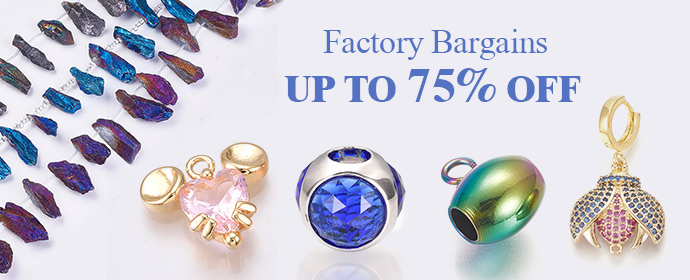Primarily, fashion is not just about clothing it’s a reflection of society, culture, and individual expression. In addition, throughout history, fashion trends have evolved, influenced by social, political, and economic factors. Thus, we will take a trip down memory lane and explore the fascinating world of fashion trends through the ages.
Ancient Times: The Birth of Fashion
Firstly, fashion has existed since the dawn of civilization. Moreover, in ancient times, clothing served both functional and symbolic purposes. Also, from the garments of ancient Egypt to ancient Greece and Rome, fashion was used to denote social status, wealth, and power.
Similarly, fabrics like linen, wool, and silk were prized for their quality, and jewelry was often used to adorn garments.

The Middle Ages: Fashion and Feudalism
Secondly, during the Middle Ages, fashion was heavily influenced by the feudal system and the rise of the medieval aristocracy. Furthermore, clothing became more structured and hierarchical, with restrictive laws regulating what people could wear based on their social class.
In addition, nobles and royalty showed off fancy clothes made from rich fabrics like velvet and brocade, decorated with decorations. However, peasants wore basic, useful clothing made from wool or linen.

The Renaissance: A Rebirth of Style
Thirdly, the Renaissance marked a period of cultural and artistic revival in Europe, and fashion was no exception. Therefore, women’s clothing featured voluminous skirts, fitted bodices, and elaborate headwear, while men’s fashion favored tailored suits, ruffled collars, and ornate accessories.
Meanwhile, rich colors, luxurious fabrics, and intricate patterns were hallmarks of Renaissance style.

The Industrial Revolution: Fashion and Mass Production
Fourth, the Industrial Revolution brought about profound changes in the fashion world. Also, advances in technology and manufacturing made clothing more affordable and accessible to the masses.
Additionally, fashion trends became more widespread and standardized, with new styles and designs appearing seasonally. Likewise, the rise of the fashion industry gave birth to iconic brands and designers who shaped the trends of the time.
![]()
The Roaring Twenties: Flappers, Jazz, and Art Deco
Fifth, the 1920s was a decade of liberation and innovation in fashion. Moreover, the “flapper” represented a new era of independence and rebellion for women. However, they abandoned tight corsets for shorter dresses and looser styles.
Similarly, jazz music and dance clubs influenced a more relaxed fashion with bold patterns, fringe, and sequins. Furthermore, the Art Deco movement influenced jewelry, accessories, and geometric prints in fashion.

The Swinging Sixties: Youth Culture and Pop Art
Sixth, the 1960s was a decade of social upheaval and cultural revolution, and fashion mirrored the spirit of the times. In the same way, youth culture dominated the scene, with trends influenced by music, art, and politics.
In fact, pop art and psychedelic prints added a playful and colorful element to clothing, reflecting the optimism and experimentation of the era.

The Punk Era: Rebellion and DIY Fashion
Seventh, the punk movement of the 1970s and 1980s challenged mainstream fashion norms with its values of rebellion. So, DIY fashion became a form of self-expression, as punks customized their clothing with safety pins, studs, and patches.
Whereas, leather jackets, ripped jeans, and combat boots became symbols of defiance and subversion. As a result, the punk aesthetic influenced not only fashion but also music, art, and culture, leaving a lasting impact on style trends.

Contemporary Fashion: Diversity and Individuality
In last, fashion is more diverse and inclusive than ever before. On the other hand, with the rise of social media and digital technology, trends spread rapidly across the globe, and personal style reigns supreme.
Indeed, fashion is no longer dictated by designers and magazines alone but is shaped by influencers and bloggers sharing their outfits online.

Conclusion:
In conclusion, from ancient civilizations to modern-day society, fashion trends have evolved, reflecting humanity’s changing tastes, values, and cultures. Overall, each era has its unique style, influenced by social, political, and economic factors.
In summary, as we look to the future, one thing is certain, fashion will continue to evolve, innovate, and inspire, reflecting the ever-changing landscape of human creativity and expression. Also, try other articles
Sustainable Fashion Spotlight: Brands Leading the Green Revolution
Photos by Instagram






